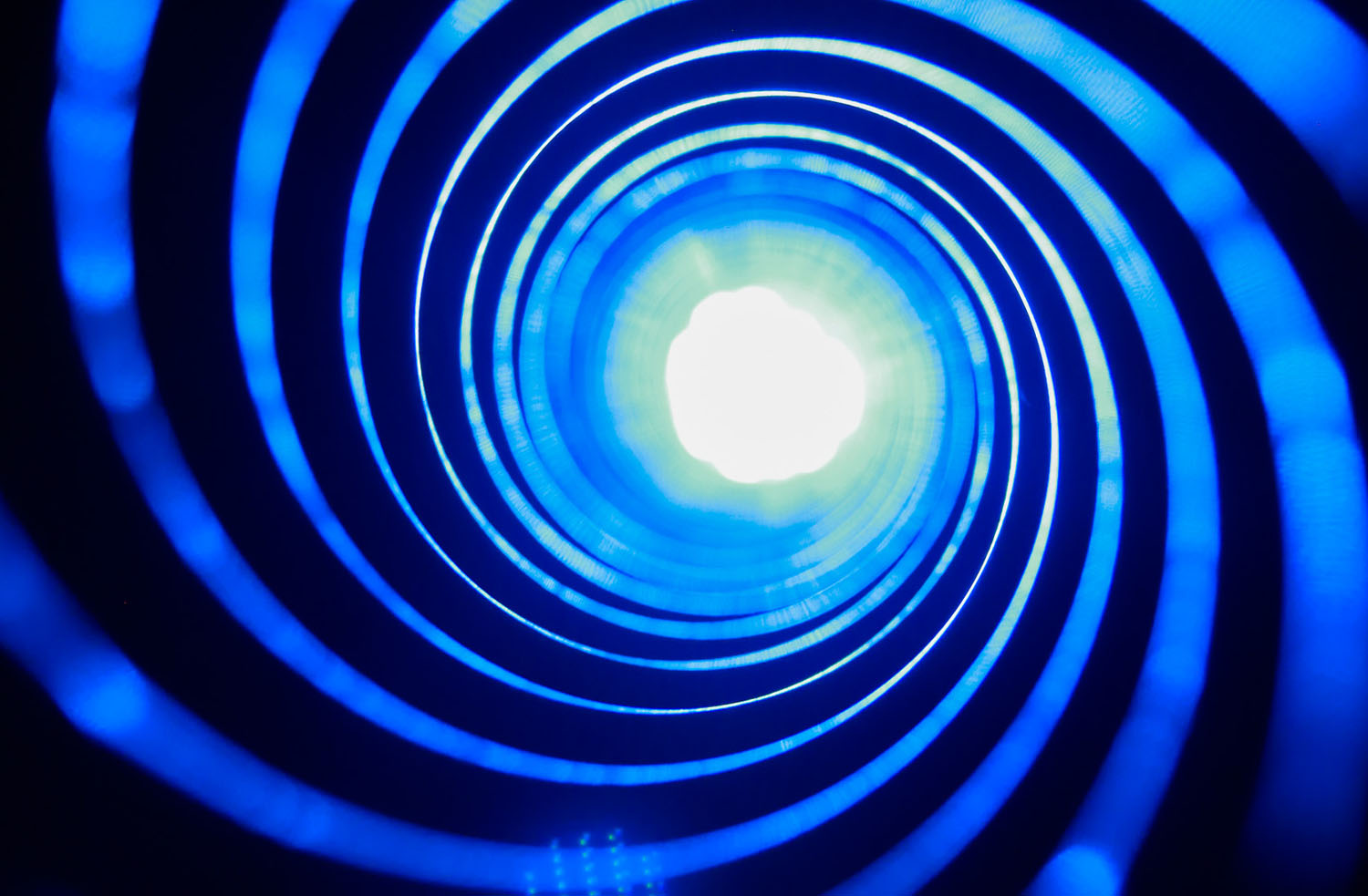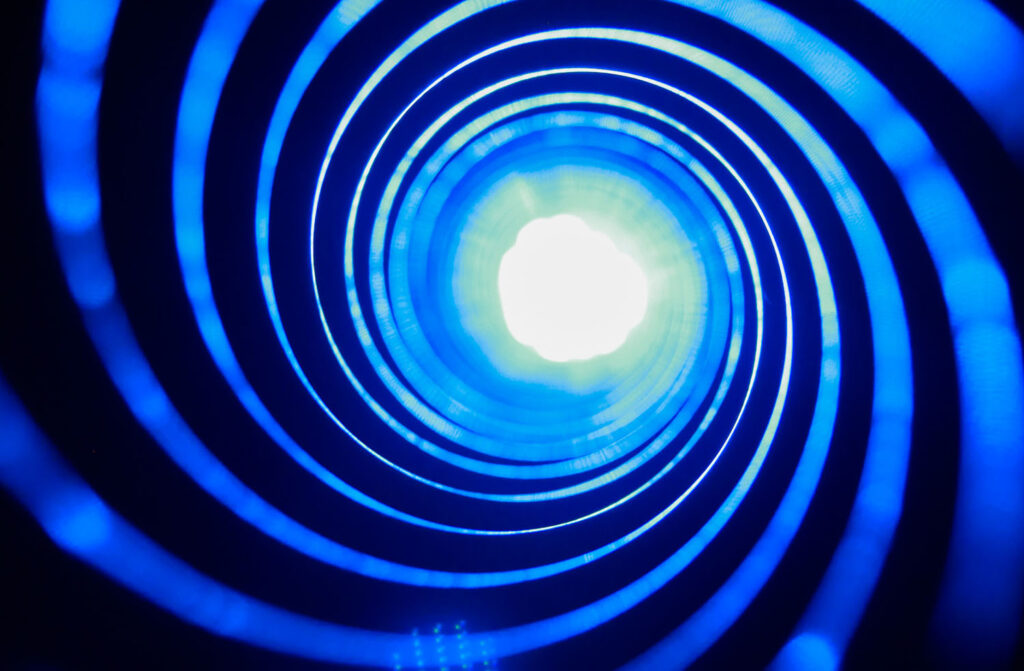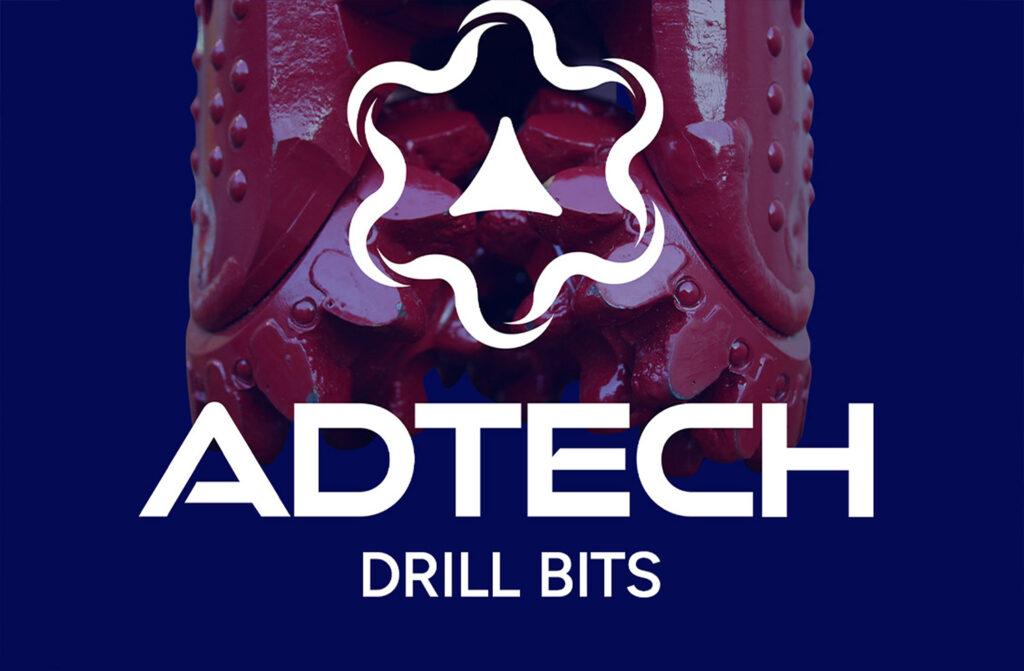Top and Side Door Loading :
The sonde sets in the middle of the sonde housing tube with slits lined all around. These slits go from the outside of the body of the housing all the way to the sonde. This permits the electronic signal from the sonde to get through the body of the housing as the metal acts as a resistance. The slits are usually filled with plastic epoxy. If the plastic falls out and the drilling mud gets to the sonde, the mud shouldn’t cause a problem. Smaller holes are drilled around the bigger hole where the sonde is located to allow the drilling fluid to go around the sonde. It is important that these bores do not get washed out. If this happens, the water pressure will get to your sonde and destroy your sonde by the water cutting the sonde.
The sonde is seated into a cam with the notch on the bottom of the hole where the sonde is placed. With the top retainer (screw in plug) in place, this stops the sonde from turning and moving. This also acts as the orienting device on the older model sondes.
Top Loading Sonde Housing
- Screw in plug is removed from the top end of the sonde housing.
- Insert Sonde into exposed hole.
- Using a screwdriver or other tool, turn the sonde until it is engaged in the bottom seat.
- If it is engaged with the slot, the sonde should not be able to turn.
- If you have the new sondes that can use the surface box to change to the right orientation, then the next step is to put the end plug back in a screw until you reach mild resistance.
- If you have a 15” sonde housing, you will have to insert the 4” adapter (spacer) first to make it up to 19”. Top of plug should be just even with the flow through holes when screwed in correctly.
- Set your motor with the bend and the bit aimed up and set the surface readout to 12 o’clock.
- However, if you need to orient the sonde to the surface readout box, turn the sonde after it has engaged in the slot until the surface box says 12 o’clock. This will have to be done with the motor laying down, sonde screwed on, and the motor bend looking up.
- When you have it at 12 o’clock, screw in the end plug as above to keep the sonde in position.
- Some sondes have set screws on the outside that screw down on the orienting plug (one or two – one on top of the other one). Once the set screw is backed off, the sonde is turned as above.
- When you have it at 12 o’clock, screw the set screw down and make sure your sonde will no longer turn.
- Put in the end plug as shown to the right.
Side Door Loading Sonde Housing
- Attach sonde housing to motor.
- Remove side door and orient device.
- Put sonde in slot (if you have a 15”, add the 4” adapter). If not, make sure the adapter is not inside the hole.
- Turn the sonde to the desired reading, screw on orienting device and turn to the right reading.
- Attach the orienting device end notch to the sonde and put all back in the side slot making sure all is firm and not loose.
- Reattach side door.
Trouble-Shooting :
- After running the sonde housing, make sure that the flow through the holes is not being washed out.
- If the ends of the sonde housing are damage, send to Adtech to be repaired.
- If the end plug is damaged or leaking, change out the o-rings.
Orienting plug on the end load will not turn, try checking the side allen screws. If not present, then the orienting plug has debris in it. Remove bottom plug and clean inside to free it up if possible. - Does the sonde continually turn and won’t catch in the notch. Check for set screws on the side and make sure they’re screwed down. If there are no set screws, then the wedge of metal has broken off and you will need a new plug.
All trouble-shooting issues can be repaired by Adtech.
Contact Us for more information!
Contact, Email and Call us anytime, 24/7 call answering service will find someone to answer your questions and get you drillin’.
Thank you for the support!




